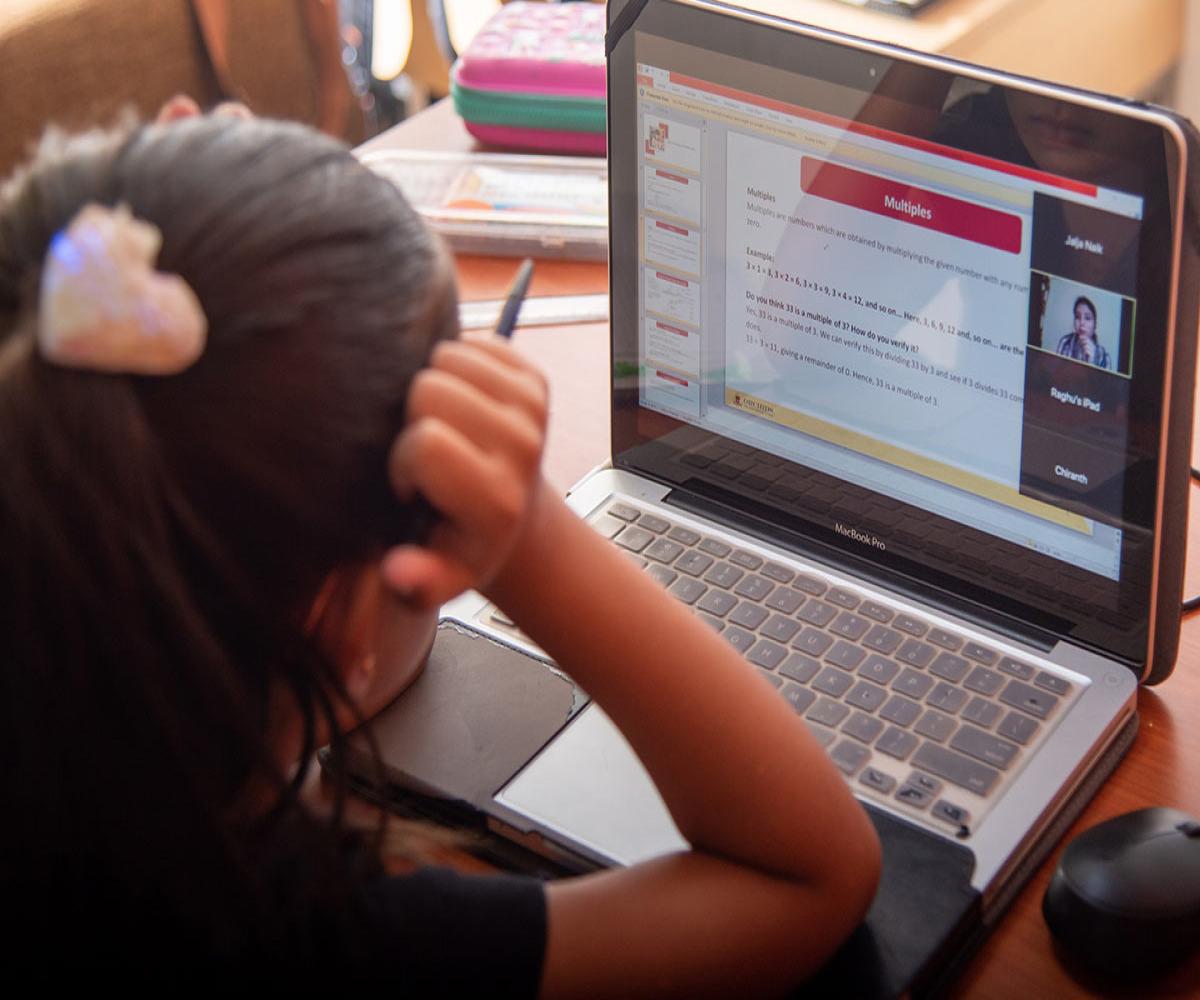The future of work will depend on India’s quality of networks it if wants to ensure that enough people find livelihood options.
New Delhi: Students in Bhor region near Pune would walk up to a hilltop and participate in online classes. With schools closed due to the pandemic, a hillock near their home would serve as a gathering place for connecting for the online classes. Two sisters in a village in Odisha would walk 4-5 kilometres to a hilltop to attend online classes. The sisters live in Bonda Hills of Malkangiri area deep inside Odisha and could continue their education with their daily arduous walk to the hill.
Several such heart-warming stories of dedicated students earned the admiration of millions of Indians in recent weeks. Every single school and educational unit had to switch to online classes during the Covid lockdown.
Teachers, parents and students alike had a steep learning curve of managing devices, connectivity and pedagogy within days. Millions of students in schools, colleges and professional courses are trying their best to maintain their educational goals with online classes. Even after normalisation, the trend of online classes will remain strong. Mid-career professionals and blue-collar workers are also receiving new skill sets through remote learning options.
For all these learners, the availability of quality bandwidth remains a challenge. Don’t blame the network service providers though. No one had anticipated a sudden rush for online learning. From the fringes to mainstream in three months is unprecedented. The focus therefore must be on ensuring that service providers collaborate with the government to invest in better connectivity across the country.
Covid has been a trigger, but there are other important developments that demand better connectivity for learning and skilling. The New Education Policy (NEP) has underlined the need for online education. To achieve the state goal of making “India a global knowledge superpower”, the country must spend on the fuel of digital infrastructure. Open distance learning with online courses is an integral part of the NEP.
Indian industry managed to mitigate the impact of lockdown with remote working and maintenance services. The future of work will depend on India’s quality of networks it if wants to ensure that enough people find livelihood options. India has to skill hundreds of million people in the shortest time possible. The rise of automation and fourth industrial revolution will make a lot of professionals redundant. The only solution is to reskill them as rapidly as possible. Doing such reskilling at scale will need high bandwidth connectivity in every corner of every town and city.
Not just skilling, the delivery of health services is highly dependent on online platforms.
India has embarked on an important new project where data can be saved and used in the health sector. The National Digital Health Mission (NDHM) will be launched soon and will sharply change the way we create, store and share medical records.
Currently, such records of patients are fragmented and stored by various private and government healthcare bodies. Primary health care centres in remote locations, private and government hospitals keep records of patients and their diagnoses. While the large hospitals and clinics have created digital records, the smaller ones still store information on paper. However even the large organisations use different templates for storing information. Most are not stored in any common protocol. Add to this the rise of online healthcare service providers as well as pharmacies. Each is evolving its own framework for saving data.
The NDHM seeks to bring much of this under a common standard. It will have two distinct advantages. Firstly, healthcare organisations, policy makers and researchers will have access to data in a comparable format. They will be able to glean patterns and trends far more efficiently. Application of artificial intelligence and data analytics will help create predictive analysis models for various categories of patients and citizens.
Secondly, it will empower the people to have control over their information. Currently, most patients struggle to get their medical records of previous years. Many such records are lost at homes or at hospitals. X Ray scans for instance deteriorate over time if not stored properly. A digital storage system which creates unique identities can allow patients to save important information about themselves.
A date enabled economy will need superhighways of connectivity. Not just in health and education but nearly every other sector.
Prime Minister Narendra Modi’s focus on artificial intelligence for delivering public services will need constant flow of data over high levels of connectivity.
The government has done a commendable job of increasing the average rate of constructing roads and highways to 34 km per day last year. As roads and highways connect physical movement of people and packages, so will telecommunications network allow rapid flow of online transactions.
Recent policy initiatives that leverage technology and the vibrant entrepreneurial ecosystem need a consistent effort on improving India’s Digital Network Preparedness. While policymakers recognize its importance, they must now invest in digital infra in line with global benchmarks.
The budget allocation and spending for telecom sector needimmediate enhancement. While other infra sectors such as road, and power and urban development are expected to receive an investment of Rs 17 lakh crover the next five years, telecom is expected to receive only Rs 3.2 lakh cr. To fund the investment in digital connectivity, new ideas to source funds can be explored. Creating government owned digital infrastructure and managed professionally by a competent agency can complement the efforts of the private sector. In future, students shouldn’t have to walk up hills to receive a mobile signal. Connectivity should be ample in every home, in every region.
Pranjal Sharma is the author of “India Automated”.

